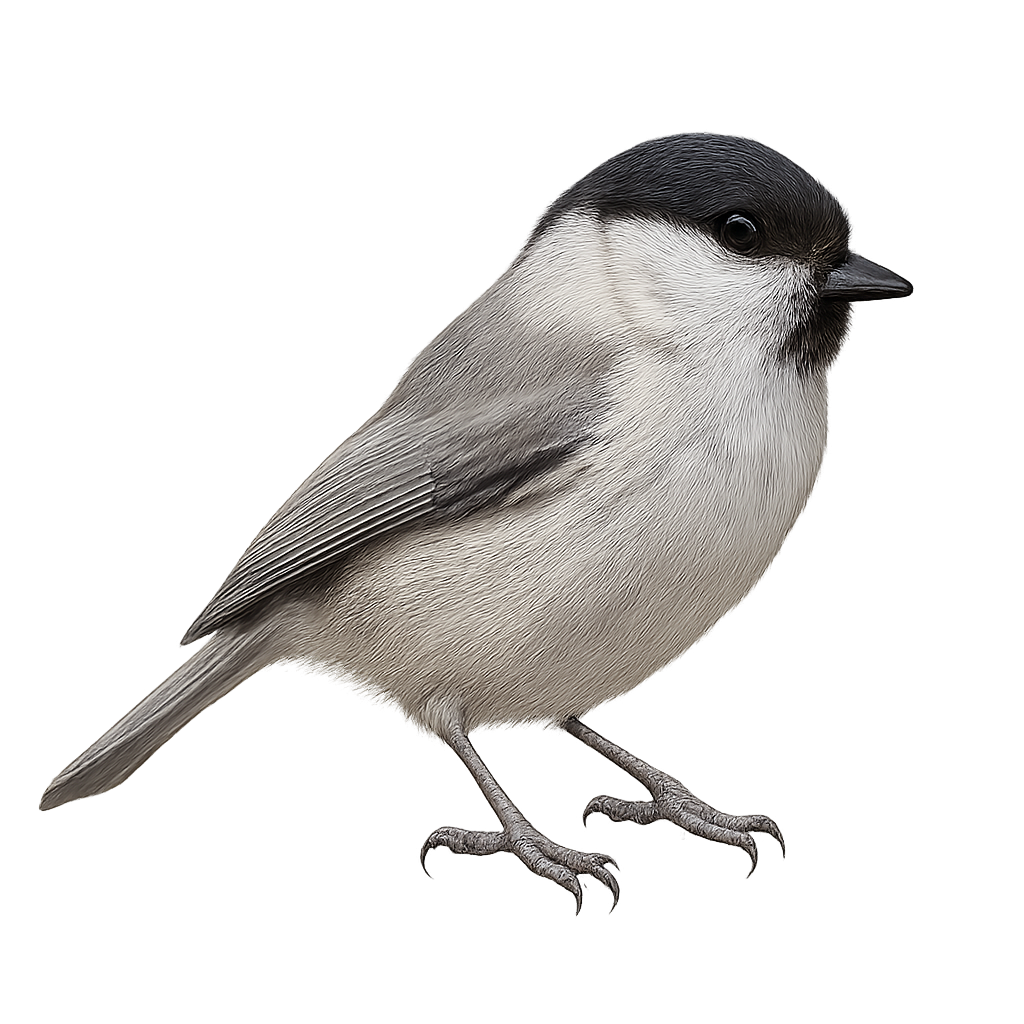Your wildlife photography guide.
Explore the boreal chickadee in detail, study its behavior, prepare your shots.
Where to observe and photograph the boreal chickadee in the wild
Learn where and when to spot the boreal chickadee in the wild, how to identify the species based on distinctive features, and what natural environments it inhabits. The WildlifePhotographer app offers tailored photography tips that reflect the boreal chickadee’s behavior, helping you capture better wildlife images. Explore the full species profile for key information including description, habitat, active periods, and approach techniques.
Boreal chickadee
Scientific name: Poecile montanus

IUCN Status: Least Concern
Family: PARIDAE
Group: Birds
Sensitivity to human approach: Tolerant
Minimum approach distance: 10 m
Courtship display: March to June
Incubation: 13-15 jours
Hatchings: April to July
Habitat:
Coniferous and mixed forests
Activity period :
Primarily active during the day, with peak activity in the morning and late afternoon.
Identification and description:
The boreal chickadee is a small passerine, 11–13 cm long, with olive-gray and brown plumage, featuring a dark brown cap, black bib, and white cheeks. It inhabits coniferous and mixed forests across the northern hemisphere, feeding on insects, seeds, and berries gleaned while clinging to branches. During the breeding season, pairs excavate or occupy tree cavities to nest, and the male feeds the female at the nest.
Recommended lens:
300 mm – adjust based on distance, desired framing (portrait or habitat), and approach conditions.
Photography tips:
Photograph the boreal chickadee early morning or late afternoon using a telephoto lens of ≥300 mm from a low hide at the forest edge. Position yourself low to the ground, use a fast shutter speed to freeze quick movements, and a shallow depth of field to isolate its plumage from the background.
The WildlifePhotographer App is coming soon!
Be the first to explore the best nature spots, track rutting seasons, log your observations, and observe more wildlife.
Already 1 430 wildlife lovers subscribed worldwide

